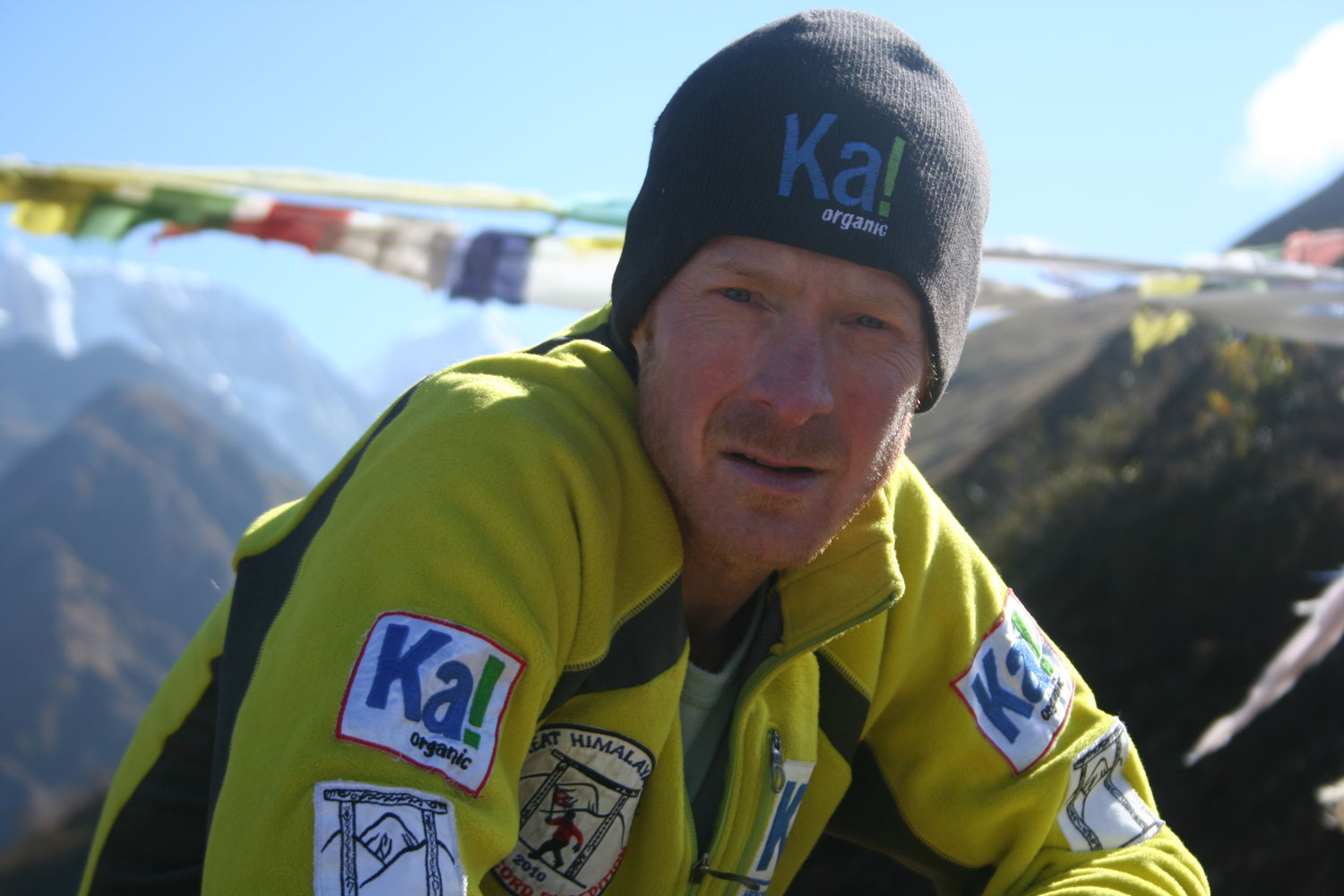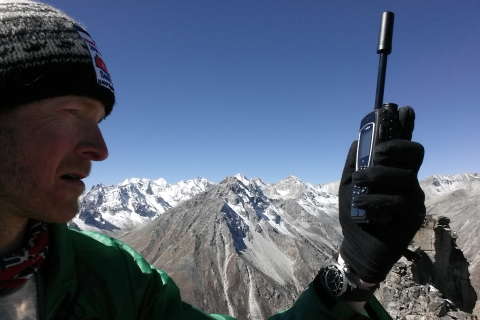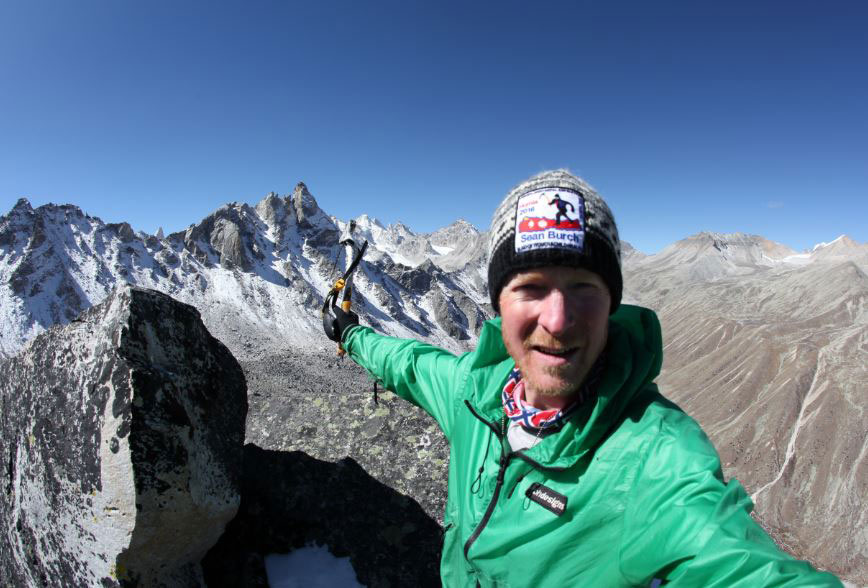
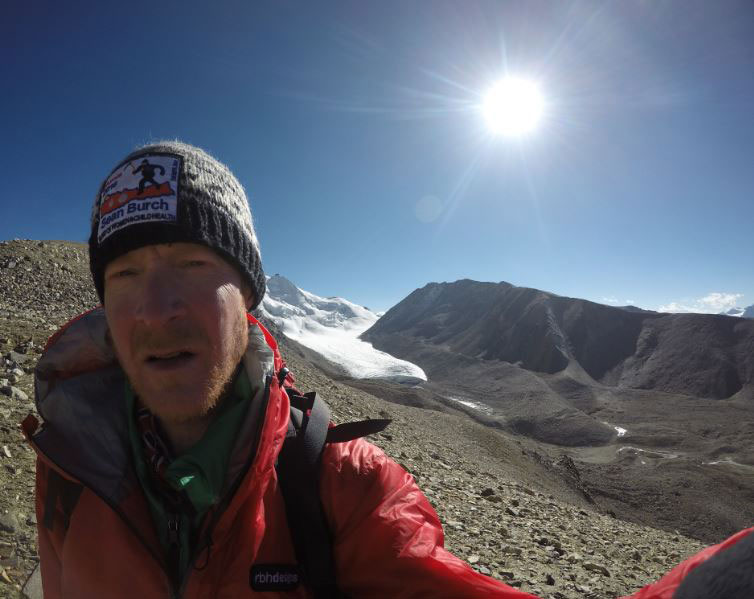
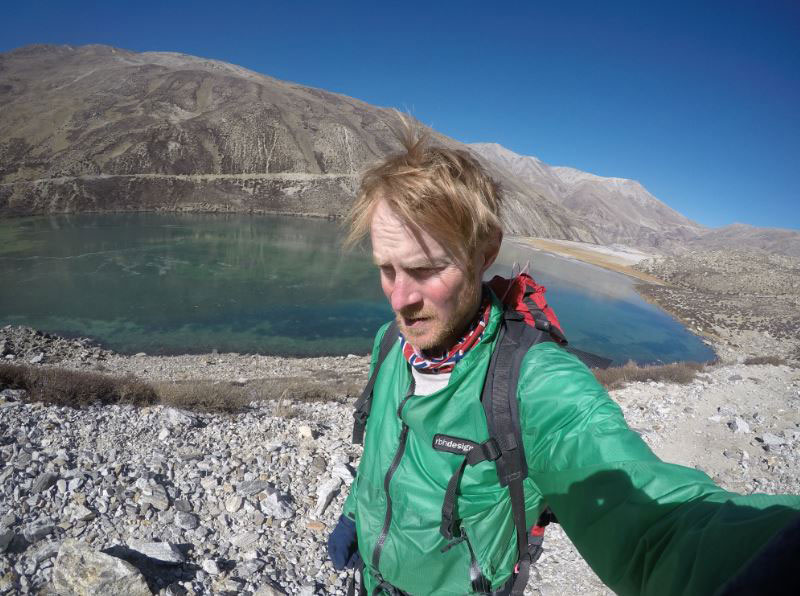
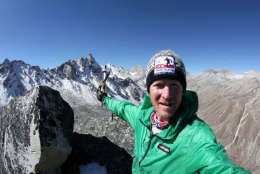
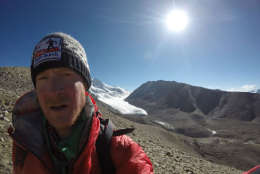
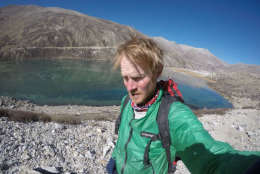
WASHINGTON — Mountaineer George Mallory’s famous 1924 quote to The New York Times about why he climbed Mount Everest — “Because it’s there” — stands as the defining ethos of the sport, an answer that does not believe it needs an explanation.
Mallory, though, is not as famous as Edmund Hillary, who actually became the first to successfully scale the mountain nearly 30 years later. Mallory died during his attempt — whether he ever reached the summit remains unknown.
The English mountaineer’s words live on in Virginia adventurer Sean Burch’s spirit of finding peaks not yet climbed, of which he scaled 31 during a recent trip to Nepal. But the longer that Burch — who jointly raises his son with his ex-wife — risks his life through his adventures, the more he has begun to focus on a more selfless answer to that question, one that goes beyond news clippings or a name in a record book.
He’s long been interested in documenting the effects of climate change, which he’s witnessed first hand in areas far-flung around the globe, away from the pollution of cities often associated with climate change.
“These areas I go to, no one’s ever been before,” he told WTOP in a recent interview. “And yet you see evidence beyond a reasonable doubt, beyond proof that it’s happening.”
He was sure to chronicle his findings, lest he be just another voice in an increasingly noisy discussion about the effects climate change is having on the planet.
“I have a lot of footage from the expedition,” he said. “I just kept filming because I couldn’t believe how bad it was.”
The alarm has been sounded in the past couple years over what might become of the American ski industry with warmer global temperatures. But Burch has been seeing the effects on some of the world’s highest peaks over the last decade. Sensitive to the political rhetoric around the issue, he’s been cautious about how much he’s said, up to this point.
“I don’t try to push any of my issues that hard core on anyone,” he said. “I’ve written stuff about it before, four years ago, but they weren’t ready for it. But you never know when a network is going to be ready for it.”
Burch was featured on National Geographic Channel’s “Ultimate Survival Alaska” in 2015, and even though his team won, he was looking to do something bigger. That ambition has only grown, and now may be a better time to try to make his points known, while the most famous target in the climbing world is succumbing to a changing climate.
The Khumbu Icefall has always been one of the most dangerous parts of the Everest ascent. But it was once considered safe enough to climb in the overnight hours, when it would freeze. Now, there is a risk of avalanches all the time because temperatures are so warm. An avalanche in 2014 killed 16 Nepalese Sherpa guides, the deadliest single accident in Everest’s history at the time, but was surpassed the very next year when an earthquake triggered another avalanche that killed 19.
But while the 2015 climbing season was canceled, people are once again flocking to Nepal in record numbers to attempt the ascent.
“Everest is Everest, right?” said Burch. “You’ll always have people crazy enough to climb it.”
Burch isn’t rushing back to Everest anytime soon, though. He doesn’t have set plans on his next expedition yet, but Antarctica presents a frontier that would serve both his pioneering nature and his desire to educate about climate change. It’s also hideously expensive, one of the only reasons he hasn’t been able to pull the trigger just yet.
“I’m dying to go there,” he said. “That’s a huge area to go to that no one goes to. It’s very untouched.”
If he does, it just might be that chance he’s looking for, to leave a lasting impression through the work he’s done while exploring one of the last remaining unknowns on the planet.
“I want to do my own thing, to write my own thing and have something that’s going to be really meaningful and impactful that I can be proud of to tell my son, instead of saying, ‘yeah, your dad was on a stunt show.’”

